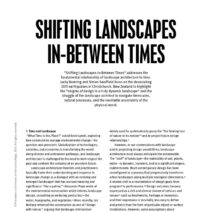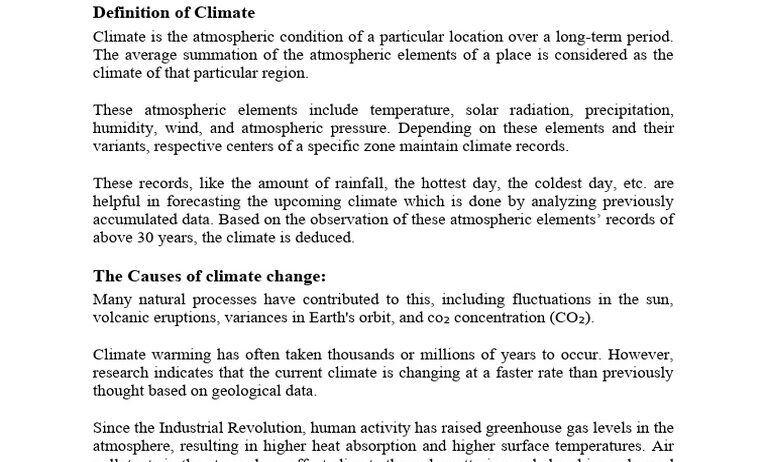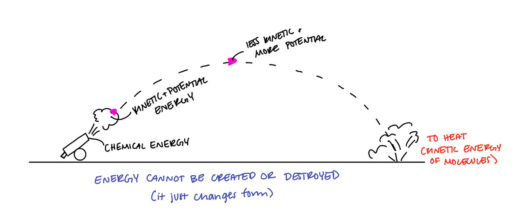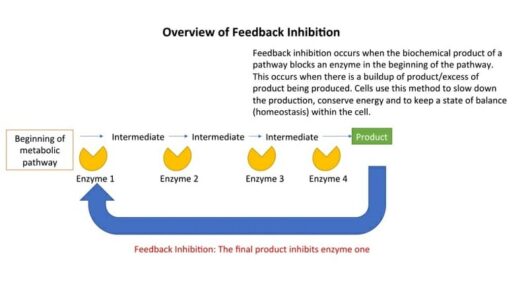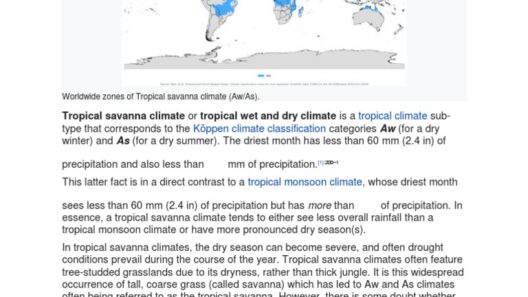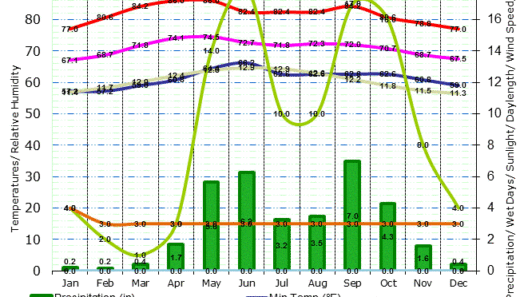When we ponder the elemental forces that shape our planet, two concepts often surface: climate and weather. While they both pertain to atmospheric phenomena, they exist on different temporal and spatial planes. To comprehend these two terms is akin to differentiating between a fleeting glance and an enduring portrait; one is transient and changeable, while the other is stable and persistent. This exploration will illuminate their distinctions, highlighting their respective roles in understanding our world.
Defining Weather
Weather can be likened to the immediate pulse of the atmosphere, a delicate tapestry woven from various threads of humidity, temperature, wind, and precipitation. Each thread influences the overall appearance and mood of the day. Imagine standing before a grand window at dawn; you witness the weather’s display, a vibrant canvas marked by suns and clouds, perhaps rain or snow cascading like dancers across the stage of your morning. It is subject to change at a moment’s notice—one minute sunny and serene, the next blustery and chaotic.
In technical terms, weather encompasses the short-term atmospheric conditions in a specific location, typically defined by intervals of minutes to a few days. Meteorologists utilize various instruments and technologies, such as satellites and barometers, to analyze and predict these conditions. Weather forecasts inform our daily decisions, guiding us on what to wear, whether to carry an umbrella, or if it’s a good day for a picnic.
The Essence of Climate
Contrasting sharply with weather, climate represents the long-term patterns and averages of atmospheric conditions, usually assessed over periods spanning 30 years or more. This concept can be visualized as the grand narrative of earth’s atmospheric behavior—a saga that records how regions interact with sunlight, moisture, and temperature over decades and centuries. If weather is the fleeting brushstroke of a morning artist, climate is the painstakingly crafted mural that reflects the soul of a place.
To illustrate, consider two seemingly similar cities: Phoenix, Arizona, and Seattle, Washington. While both experience sunny days, their climates diverge dramatically. Phoenix exemplifies a desert climate, characterized by arid conditions and high temperatures. Conversely, Seattle embodies a temperate maritime climate, with moderate rainfall and cooler temperatures sustained throughout the year. Understanding these climatic nuances allows us to predict agricultural outcomes, natural disasters, and even the overarching health of ecosystems.
Temporal Scope
The most significant distinction between weather and climate is temporal scope. Weather encapsulates the moment, highly volatile and ever-changing, while climate embodies the long-term stability and averages that formulate a region’s identity. Think of weather as the day-to-day fluctuations in a stock market, driven by emotional responses and immediate events, and climate as the underlying trend that reflects fundamental economic health.
This distinction bears critical implications for environmental policy and climate action. As global citizens confront the realities of climate change—evidenced by prolonged droughts, shifting precipitation patterns, and increasing temperatures—understanding this difference is paramount. It propels the narrative beyond immediate weather events to a wider discourse surrounding sustainability and long-term resilience.
Interconnectedness of Weather and Climate
While we can draw clear lines between weather and climate, it is vital to acknowledge their interconnectedness. Weather operates within the overarching framework of climate. Seasonal shifts, for instance, result from climatic patterns that dictate weather phenomena. El Niño and La Niña are prime examples of how oceanic conditions influence atmospheric behavior, globally affecting weather patterns from torrential rains to heatwaves.
Furthermore, climate change is drastically altering established weather patterns. As temperatures rise, the frequency and intensity of extreme weather events increase—hurricanes grow fiercer, droughts elongate, and storms wreak greater havoc. The nuances of these changes provide invaluable insight into how societal structures must evolve to mitigate impacts and foster resilience.
The Role of Human Activity
Human activity serves as the catalyst for an unprecedented shift in climate dynamics. The combustion of fossil fuels, deforestation, and industrial agriculture contribute to the intensifying greenhouse effect, transforming stable climatic conditions into a volatile future. We are in the age of the Anthropocene, where humanity’s actions ripple through the atmosphere, affecting weather patterns on a global scale.
Adaptation strategies must be bifurcated into addressing immediate weather-related calamities and preparing for long-term climatic shifts. Communities prone to flooding must construct resilient infrastructures capable of withstanding short-lived yet severe storms, while simultaneously advocating for global policies aimed at reducing greenhouse gas emissions.
Conclusion: A Call to Understanding
As climate awareness burgeons, the distinction between weather and climate takes on heightened significance. Both phenomena interact intricately, their tales intertwined in the fabric of our environment. By grasping their differences and their interrelation, society can navigate the complexities of climate change more effectively. This knowledge empowers decision-making—from individual behaviors to large-scale policy implementations, fostering a profound understanding of our delicate planet. As stewards of the Earth, acknowledging the nuances between weather and climate is a vital step in the collective journey toward sustainability and Earth’s future viability.
